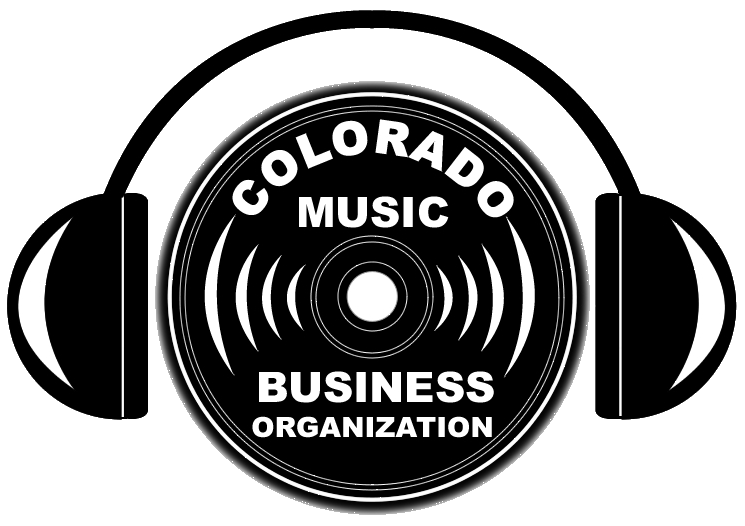By Elio Quinton, Pudding | It is commonly understood that artists make money when their music is played on streaming platforms like Spotify, Apple Music, Deezer, Pandora, Tidal, YouTube Music, and Amazon Music. But the mechanics of how those payments actually work is unknown to most of us, which may sometimes lead to some misconceptions. For example, artists do not get a fixed rate for every stream, e.g. $0.00026 per stream, or $0.0037 per stream.
Not all artists will necessarily receive the same payment for the same number of streams either.
Let’s dive in and break down some fundamental principles that dictate how artists get paid from music streaming.
Artist and Intermediaries
Let’s start by examining who are the players involved in getting the artist’s music online and making sure they receive the money they are due.
For every track on a streaming platform, a number of parties may be due a payment, such as the artist, composer, lyricist, publisher, record label etc. In order to keep things simple, this article focuses only on the recording royalties due to the primary/featuring artist(s).
First things first: before any music can be played on streaming platforms it has to get from the artist to the internet.
Artists do not deal with streaming platforms directly. Instead, they use a distributor who will then take care of getting their music to the platforms. In some cases, the record label is also the distributor.
> > > > > > > > >
Go here to read the whole, interactive, article:
https://pudding.cool/2022/06/streaming/

